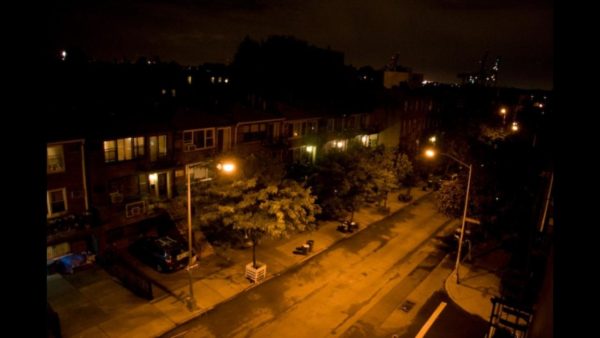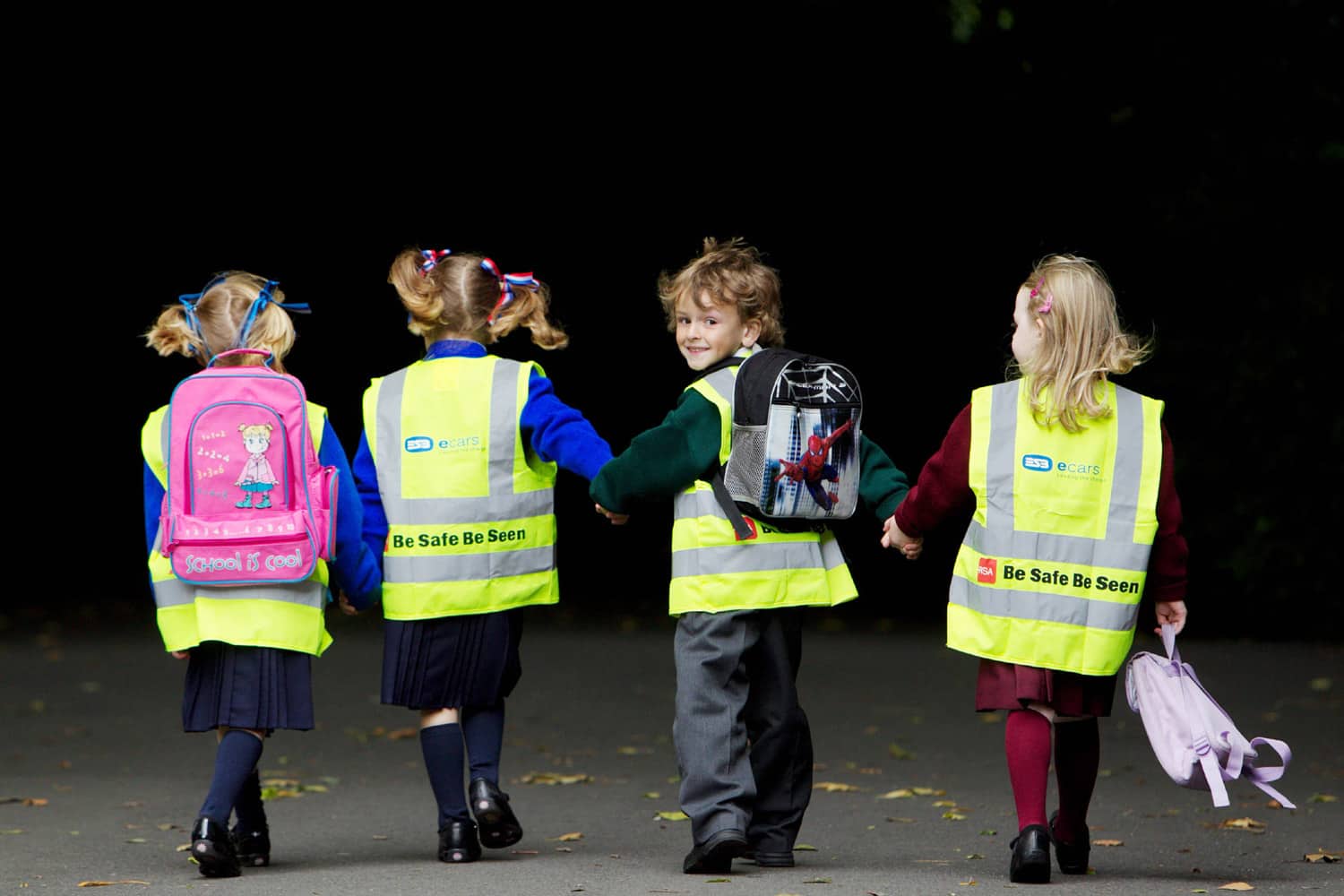With the nights drawing in, before too long many children will be walking or cycling home from school in the dark. With children aged between 8 and 11 accounting for 25% of child road casualties, now is the time to remind your children how to stay safe on the roads.
Staying Safe on Foot
For many 11-year-olds who have just started secondary school, this will be the first time they have walked home alone in the dark. Make sure your child feels comfortable walking home in the dark without an adult, some children may find this a daunting prospect. While most children will walk all or at least some of the way with friends, there may be parts of the journey where your child will walk alone.
Make sure your child feels comfortable walking home in the dark without an adult, some children may find this a daunting prospect. If your child is not happy, arrange for them to walk with an older sibling or neighbours child until they feel more confident. If possible you could arrange to meet them somewhere along the route, gradually meeting further away as their confidence grows.

Whether they walk alone, or with you, there are steps you can take to keep you and your child safe school run this winter.
- Use reflective strips on bags and coats. You can also buy reflective strips to put on buggies and prams so that even the youngest members of the family are easily seen in the dark.
- Be sure to wear bright clothing on gloomy winter mornings. Many schools require children to wear dark colours coats, so to make it easier be seen wear a fluorescent tabard or armband.
Children can be taught the Green Cross Code from a very early age. You can start showing your child how to cross the road safely and talk about potential dangers when you walk to school with them. Talk them through what to do and get them to help by telling you when they think it’s safe to cross. Remember:
- Find a safe place to cross
- Stop before you get to the kerb
- Listen for traffic and look in every direction
- When safe to do so, walk across the road, never run
 Remind older children and teenagers that they cannot listen out for traffic when they have headphones on.
Remind older children and teenagers that they cannot listen out for traffic when they have headphones on.
You can find more information on road safety as well as handy tips and worksheets on the Government’s Think! website.
Staying Safe while Cycling
If your child bikes to school, check their helmet fits correctly and that their bike is the correct size for them. You should also make sure the bike is roadworthy. Check tyres for wear and tear and make sure they are pumped up regularly. You should also make sure both brakes are working correctly. As with pedestrians, all cyclists should wear bright clothing or reflective gear.
Before your child begins cycling on the road it is recommended that they complete a cycling safety course. Many schools offer them for free. You can find out more at bikeability.org.uk.
Your child will also need lights on their bike as it is illegal to ride on a public road without correctly fitted lights. You should make sure bike lights conform to current safety standards. More information can be found at Cycling UK


